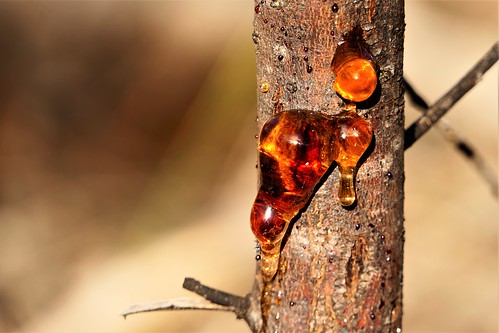INTRODUCTION:
Gum rosin, also known simply as rosin, is a natural organic compound derived from the resin of pine trees and other conifers. It is obtained through the distillation of oleoresin (crude pine resin), which separates the volatile turpentine oil from the solid rosin. The resulting gum rosin is a brittle, transparent, amber-colored substance that is widely used across various industries due to its chemical stability, adhesiveness, and versatility.

- French: Colophane
- Spanish: Resina de goma
- Chinese (Simplified): 松香 (sōngxiāng)
- Portuguese: Breu or resina
- Latin: Pix græca, also known as colophonia resina
- German: Kolophonium
- Urdu : گندا بروزا
HEALTH BENEFITS

Superior adhesive qualities
One of the main advantages high-quality gum rosin has over other materials is that it sticks better. Adhesives and sealants production cannot be complete without rosin as an essential component. It improves tackiness, cohesion and strength of adhesive, thereby making it more efficient in holding together different materials. High quality gum rosin from SVD PineChem guarantees reliable performance of adhesives for applications like packaging, woodworking and construction.
Superior Film-Forming Ability
One of the greatest advantages in manufacturing is that gum rosin can form film. Rosin, when used in coatings and varnishes, creates a protective, glossy film on surfaces which improves their look and durability. This characteristic is especially useful in the manufacture of paints, inks and coatings for various applications.
Enhanced Durability and Protection
In addition, gum rosin forms a film that prevents moisture, UV rays and chemicals from reaching surfaces thus offering them protection against such environmental conditions. Such coverings prolong the life of coated materials and retain their beauty. The dependable high-quality gum rosin from SVD PineChem guarantees that the coating remains even throughout its entire length thereby giving superior shielding effect to it as well as increasing its lifetime.
Versatility in Applications
The finest quality gum rosin is an all-purpose material applicable for many industries. Its exceptional characteristics make it possible to utilise it for different production procedures leading to improved product performance and features.
Side Effects of Gum Rosin Skin Reactions:

Rosin can cause allergic skin reactions in some individuals, including contact dermatitis. Open cuts or irritated skin should be avoided, as rosin can enter the bloodstream through these openings and cause systemic harm.
- Respiratory Issues:
Inhalation of rosin dust or fumes can trigger or worsen asthma symptoms. Prolonged or repeated inhalation may lead to asthma.
- Eye and Respiratory Irritation:
Fumes from heated rosin can irritate the eyes and upper respiratory tract.
- Gastrointestinal Issues:
While not a common side effect, improper use of rosin has been linked to gastrointestinal obstruction in some cases.
- Sensitization:
Repeated or prolonged contact with rosin can cause skin sensitization, meaning a severe allergic reaction can occur even with low levels of future exposure.
Important Considerations:
- Occupational Exposure:
Individuals working with rosin, such as in soldering or other industries, should be aware of the potential risks and take necessary precautions.
HOW TO USE:
1. For Traditional/Herbal Uses (External Use Only)

- Topical application:
Gum rosin is often mixed with carrier oils (like coconut oil, olive oil, or castor oil) or beeswax to make salves, balms, or ointments.- Example: Melt beeswax and coconut oil, add a small amount of gum rosin, stir until smooth, then cool in a container.
- Apply a thin layer on the affected area for joint pain, minor wounds, or skin inflammation.
- Steam inhalation (for respiratory relief):
Add a small piece of gum rosin to hot water and inhale the steam. This may help clear nasal passages and ease breathing.- Note: Only do this in well-ventilated areas and avoid direct contact with eyes or skin.
- Adhesive/plasters:
Gum rosin is a natural sticky agent, so it’s traditionally used in herbal plasters or patches. This requires special preparation to avoid skin irritation.
2. Industrial Uses
- Used as a raw material in making adhesives, varnishes, inks, rubber products, soaps, and paper sizing.
- In these contexts, gum rosin is processed and purified to specific grades depending on the application.
⚠️ Important Usage Tips
- Always do a patch test on a small skin area to check for allergic reactions before applying more widely.
- Use only small amounts; excessive use can cause skin irritation.
- Avoid direct ingestion or use without professional advice.
- Keep away from eyes and mucous membranes.
- Store in a cool, dry place to prevent melting or degradation.
If using for steam inhalation, don’t inhale fumes for too long — 5-10 minutes is sufficient




